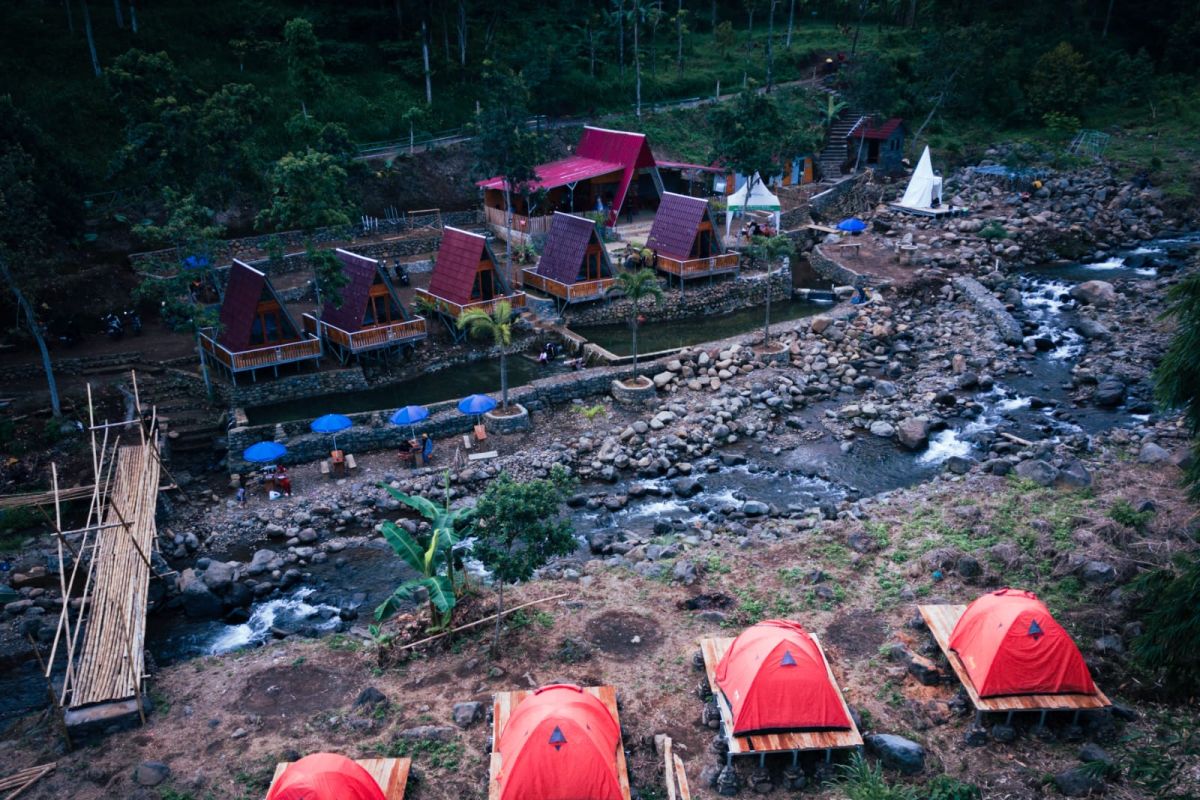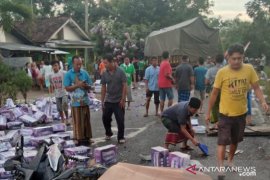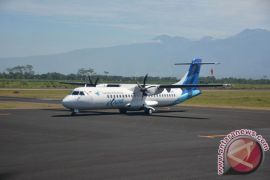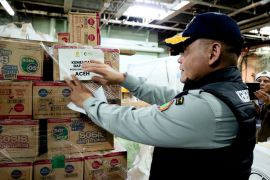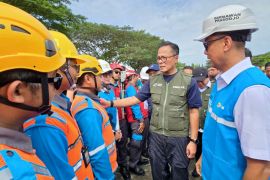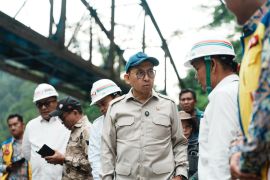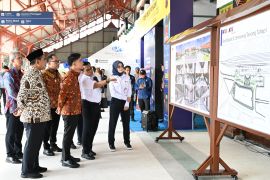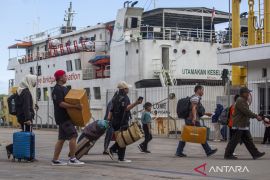This development can significantly improve the economic well-being of surrounding communities and further bolster the tourism industry.
However, creating new tourist attractions is no small feat. It requires collaboration among stakeholders, a well-defined development plan, and secure funding.
The benefits of successful development are multifaceted. New attractions can generate economic growth, foster social development, and raise environmental awareness.
Involving local residents and incorporating the creative ideas of young people are crucial elements for success. Such an inclusive approach can undoubtedly lead to the creation of new attractions that generate significant income.
Indonesia's Minister of Tourism and Creative Economy, Sandiaga Salahuddin Uno, emphasizes the importance of "regenerative tourism" as a guiding principle. This approach prioritizes sustainable management practices that benefit future generations.
He explains that regenerative tourism goes beyond sustainability. It actively seeks to restore and regenerate the environment and empower local communities. The ultimate goal is to leave a tourist destination in a better state than it was before.
Ecotourism
Currently, several regions are vying to present and promote themselves through new and attractive tourist attractions. These attractions showcase not only panoramic views of natural beauty but also experiences that can be enjoyed by families, relatives, or friends on their holidays.
For some people, natural tourism holds a special charm. Beyond offering affordable prices and breathtaking natural views, it provides a place for explorers to exercise. Walking along rivers, through valleys, and up mountains can help maintain good physical health.
Jember District in East Java boasts a wealth of tourist attractions that are just as interesting as those found in other areas.
Rimba Camp Adventure Tourism in the district's Suci Village is one of the new tourist destinations offering stunning natural beauty, a scenic mountainous environment, and cool river flows originating from the mountains.
The riverbank was previously used solely for bathing and washing by locals and lacked the appeal it possesses today.
The chairman of the Rimba Camp Group, Heriyono, stated his aim for this tourism project to empower local communities, boost the economy, and create jobs.
Development process
Heriyono's story begins with a commitment to conservation. Initially appointed as a village assistant in this field, he and his friends took the initiative to engage village youth in seed preparation, planting, and reforestation efforts.
"In 2006, flash floods ravaged the slopes here," he remarked, explaining the impetus for their reforestation project.
Over time, however, he recognized the area's potential for more than just conservation. He envisioned a tourism concept that would breathe new life into the location.
Prior to opening a tourist attraction, he asked for permission from relevant authorities to involve the local community, especially young workers, to establish this tourist attraction.
"Our discussions about the village's potential were met with a positive response, and the community embraced the idea," Heriyono said.
He then secured permission from regional plantation owners. Following the permit issuance, the idea of creating a natural rock river pool materialized.
The development of Camp Rimba—"rimba" means "jungle" in Indonesian—took eight months. This process involved river cleanups and the construction of triangular houses, cabins, and tents.
Despite the area's history of flash floods, Heriyono, along with his friends and local residents, adopted a comprehensive approach, including planting trees, mapping the terrain, and assessing potential risks upstream and downstream.
Their reforestation efforts began with mahogany trees. To date, an impressive 10,000 seedlings have been planted.
Mahogany trees are lauded for their air-purifying properties, which are capable of reducing pollution. They also serve as filters, water catchment areas, and even hold economic value due to their dense foliage, large trunks, and high-quality wood suitable for furniture making.
Heriyono acknowledged that funding for Camp Rimba came primarily from his own resources, with some support from a local military district command.
While the district government has yet to contribute financially, discussions are underway regarding integrated tourism development, recognizing the immense potential of the southern slopes of the Hyang Argopuro mountains, a true natural paradise.
Revenue for the local community
Tourist attractions certainly bring numerous benefits for local residents, local governments, and visitors. Opening a new tourism attraction translates to the creation of new jobs.
The new Rimba Camp tourist attraction, located on a former plantation with an area of around 500 hectares, empowers local residents, especially young people.
Currently, one hectare is being managed for the camp facilities. There are already 12 employees working at Rimba Camp.
Rimba Camp boasts convenient access, allowing visitors to be greeted by scenic natural views and cool air upon arrival.
The soft opening of Rimba Camp was held a month ago. During this period, visitors are not charged an entrance fee, but only pay for parking and some other supporting facilities.
The project is currently 50 percent complete, and there is a tremendous amount of excitement from local residents, Heriyono said.
"Once it's fully operational, visitor numbers may increase by 10 percent," he added.
Rimba Camp offers three categories of facilities: executive class, business class, and economy class. Triangular house rentals start at Rp20,000 (around US$1.23) per hour. Accommodation rates are Rp200,000 (around US$12.32) per night, including breakfast.
At Rimba Camp, visitors can participate in planting activities. Seeds are provided, and officers will accompany and guide them with instructions. Once completed, visitors can name their plants and return one day to see their growth.
Heriyono explained that a coffee education and tourism package will be offered due to the presence of a coffee and rubber factory from the Dutch colonial era. The officers will provide materials or practical demonstrations regarding growing, cultivating, harvesting, and serving coffee.
Related news: West Papua's Ugar Village has sustainable ecotourism potential: govt
Related news: Budo Village can improve ecotourism in North Sulawesi: Minister
Editor: Anton Santoso
Copyright © ANTARA 2024
